Risk Management
is the process of identifying, assessing and controlling threats to an organisation’s survival. These risks stem from various sources, including financial uncertainties, legal liabilities, technology issues, strategic management errors, accidents and natural disasters. A successful risk management program helps an organisation consider the full range of risks. Risk management also examines the relationship between risks and the cascading impact they could have on an organisation’s strategic goals. Source: TechTarget
Risk management is used during risk assessment to define a level of risk by considering two factors. In our case, we used Likelihood and Consequence. Most risk matrices get presented as a 2D table with elements displayed along vertical and horizontal axes. It is the traditional way of looking at the risk matrix. What the 2D matrix doesn’t take into account is the fluctuations in risks.
2D Matrix
Firstly, the traditional Risk Matrix is a 2D view of risks plotted in the table with two elements. In our case, we used Likelihood and Consequences. Secondly, there is an easy way to update or print a Risk matrix.
3D Matrix
We have introduced a 3D matrix that considers not only Likelihood and Consequence. Furthermore, it has a third factor. In our case, that third factor can be People, Cost or Time. It enables the organisation to segregate various risks and add them to the third dimension (depth) when looking at the risks. 3D matrix is a lot more complicated but is a realistic representation of how risks get identified.





